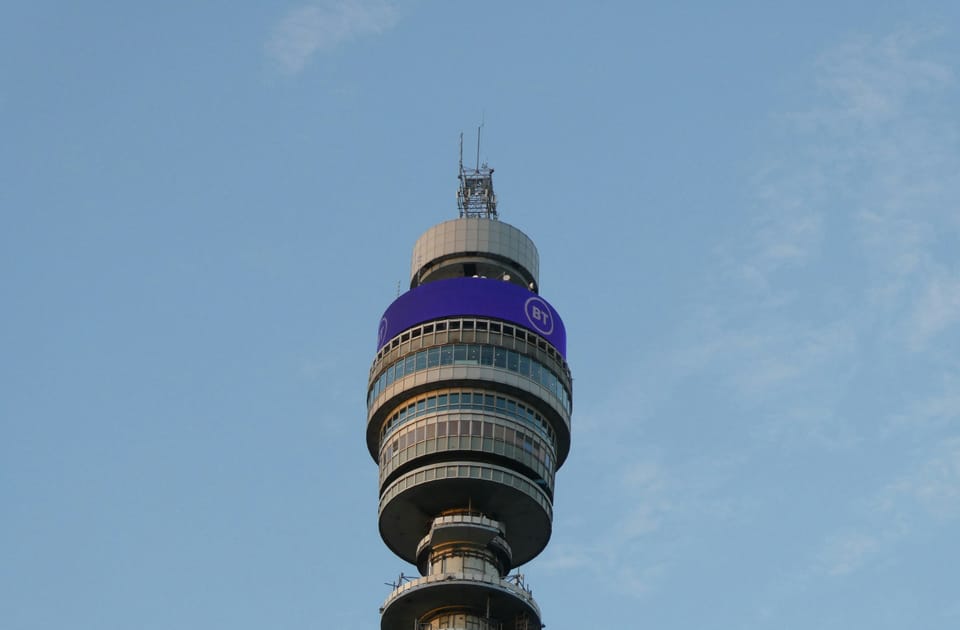BT Group climate transition plan: How the telco will achieve its new SBTi targets

BT Group’s first climate transition plan details the telco’s new approach to renewable energy procurement and its strategy to prepare its network for the worst impacts of climate change.
BT’s climate targets just received validation from the Science Based Targets initiative (SBTi), and include a 90% reduction in Scope 1 and 2 emissions and 42% in Scope 3 emissions by 2031, and an overall net zero goal for 2041.
In its first climate transition plan, the company lays out its strategy to achieve these targets. It involves consolidating its networks and offices (from hundreds of buildings to around 30), improving energy and water efficiency, as well as closing legacy networks and modernising technology.
Read about how BT is redesigning its networks with climate change in mind in this CSO Futures interview of sustainability lead Sarwar Khan.
BT Group is also adopting a more stringent approach to renewable energy sourcing “scaling back” on the purchase of renewable energy certificates (RECs) to prioritise clean energy sourced directly from power purchase agreements (PPAs) or renewable supply contracts.
Additionally, the company has based its updated operational carbon reduction target on the location-based method to reflect “the average emissions intensity of grids on which energy consumption occurs”.
In doing so, BT group is following a growing corporate trend to focus on direct renewable energy purchases in recognition that RECs do not always reflect real reductions in Scope 2 emissions: read more about how Scope 2 accounting is changing.
BT Group climate resilience strategy
The telco recognises that its assets face “significant physical threats” from climate change – particularly flooding, extreme heat and other extreme weather events that can damage its network and disrupt its supply chain.
To adapt BT is adopting a number of climate resilience measures. For example, it has upgraded the cooling of its core network to allow effective operations under a 45ºC external temperature. Closing legacy networks and reducing its physical footprint will also reduce exposure to climate risks.
By rolling out full fibre, the company is also hoping to cut risks: “full fibre is more ‘passive’, with no electronics between exchanges and connected properties,” it explains in the climate transition plan.
BT has also rolled out extreme weather processes to minimise service disruption: this means continually scanning the weather horizon to get early warning of potential weather-related risks, and conducting flood risk assessments to choose safer locations for new assets.
Scope 3 and supply chain decarbonisation
Despite a 25% reduction since 2017, BT’s Scope 3 emissions still account for around 65% of its overall carbon footprint.
To reduce these, the telco has updated its climate requirements for suppliers, which must now conduct climate risk assessments, set 1.5ºC aligned science-based targets and report on progress annually.
The company is also engaging with key suppliers on carbon reduction through contract clauses: one example is service provider Circet, which is supporting BT’s Openreach in building full fibre broadband rollout, and reduced emissions by over 100 tonnes in 2023 under this contract by switching to renewable electricity and improving fleet efficiency.
Launching the climate transition plan on Linkedin, BT Group’s Global Digital Sustainability Director Sarwar Khan said: “Our customers can trust BT to provide products and services that will be reducing in scope 3 impact aligned to ‘science’ – limiting global warming to 1.5°C above pre-industrial levels. We remain committed to net zero, and to being transparent driving sustainability whether procuring a simple UK Fibre or complex global multi-cloud connectivity product.”







Member discussion